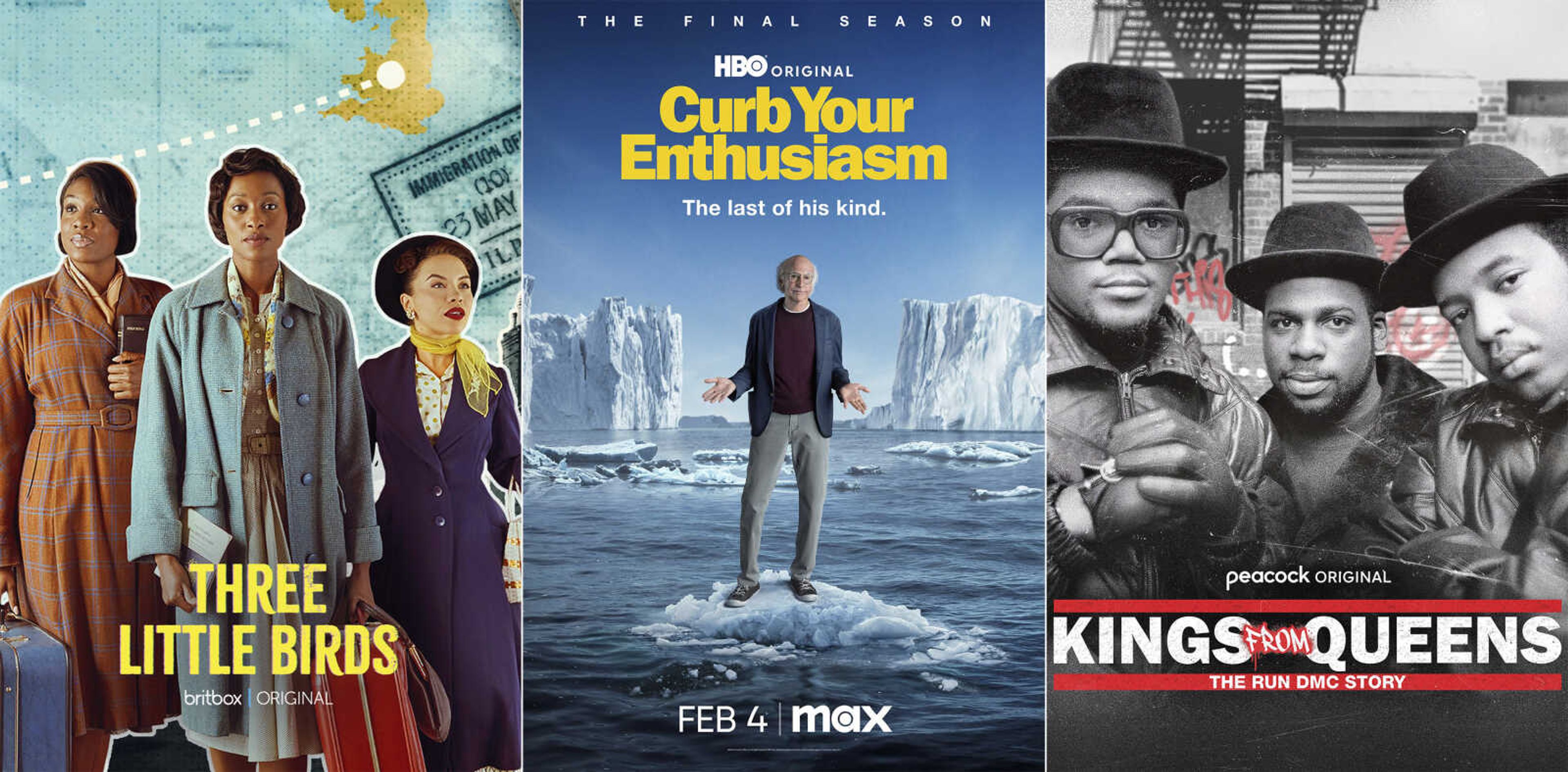DirecTV Now: A trial is free, but it's a hard sell for some
NEW YORK -- AT&T says the market for its new internet cable service, DirecTV Now, could be as large as 20 million households. To put it to the test, I farmed out part of this review to several friends and relatives. It's TV, it's fun, it's a free trial with no hassle. Why wouldn't people jump at the chance to try something new?...
NEW YORK -- AT&T says the market for its new internet cable service, DirecTV Now, could be as large as 20 million households. To put it to the test, I farmed out part of this review to several friends and relatives. It's TV, it's fun, it's a free trial with no hassle. Why wouldn't people jump at the chance to try something new?
As it turned out, almost nobody did.
This could have been my fault. December is a busy month. Maybe I wasn't a persuasive enough saleswoman or didn't nag people artfully enough. And maybe my picks, while a diverse bunch, just aren't "early adopters" -- those who jump to try out new technology.
But their hesitation also might foreshadow some challenges for AT&T. Most of my friends and family are happy enough with their current TV options, they felt no need to try something different, even when it was free. (DirecTV Now costs $35 and up after a one-week free trial.)
Obstacles for streaming cable
The appeal of services such as DirecTV Now is simple: You can watch scores of live TV channels online for less than you'd pay for a typical cable subscription. These services are aimed at the legion of "cord cutters" who are abandoning expensive, inflexible cable packages for other options.
My testers, not all of whom had cut the cord, were pretty happy with the streaming services they already have, such as Netflix and Amazon. Several said they had access to plenty of TV.
Others lacked the extra gadgets needed to watch DirecTV Now on a TV set, though they could use phones or tablets. One friend who tried the service protested the commercials and frequent bugs. Only one said he might become a customer in the future.
My testers didn't even mention the viewing restrictions that bedevil live internet TV. For example, NFL games are blacked out on mobile, the Golden Globes award show wasn't available, and a lot of people can't get the major broadcasters to begin with because of rights issues such as these.
Such issues might help explain why customers remain scarce, nearly two years after DirecTV Now rivals Sling TV and PlayStation Vue launched. Neither releases customer numbers, but Sling, thought to be the more popular service, is estimated to have fewer than a million subscribers.
Here are some of our reviewers' stories.
Too much TV
- My sister: Dana Arbel, 27, yoga teacher and volunteer coordinator for an education not-for-profit. Lives with my parents and her dog in Phoenix. She relies on Netflix and Amazon and found it hard to break her existing habits. "(I) don't watch live TV," she said via WhatsApp. "Go for movies or old shows. Mostly."
- My college friend: Pooja Chitneni, 32, doctor. Lives with roommates in Boston, with cable and access to Netflix, the commercial-light version of Hulu and HBO Go. Although she was excited to try DirecTV Now, she kept forgetting to start it up with so much else to watch. "There's no void," she said.
- My college friend: Celina Montoya, 33, not-for-profit consultant. Lives with her husband and two children in San Antonio. She's been cable-free since 2006 but uses Hulu, Amazon and Netflix, has a TV antenna for local channels and visits friends or relatives to watch basketball games. She forgot all about DirecTV Now. It "didn't have any sense of urgency for me," she texted me. "(I) don't feel like I'm missing out on any programming."
The tech's not right
- My mother: Ana Arbel, 60, program manager for a not-for-profit. Lives with my father and my sister in Phoenix. My parents pay for cable, watch Netflix on their TVs and catch overseas shows on a computer. "Sorry Tali, too much technology, that's hard for me," my mother said of DirecTV Now. "I want somebody to organize everything for me and explain and I only do the click and watch."
- My high-school friend: Rebecca Kaufman, 32, nurse. Lives with her husband and two daughters in Tucson, Arizona, where they haven't had cable for five years. Although eager to try DirecTV Now, she couldn't -- the service doesn't work with her streaming gadgets, an Xbox and a PlayStation, and her family doesn't stream much to phones or computers. When I told her the price, she also said it wasn't worth it.
- My college friend: Soni Obinger, 32, graphic designer. Lives with her husband and toddler near San Francisco. She'd been thinking of canceling cable and wanted to try DirecTV Now as a substitute, but it didn't happen because the service didn't work with her Roku streaming device. (AT&T said DirecTV will be on Roku by March.)
- My co-worker: Barbara Ortutay, 38, tech reporter. Lives with her boyfriend, toddler, mother-in-law and cat in New York City. A recent cord cutter, she watches Netflix and free local channels. She passed on DirecTV Now because she couldn't watch it on her TV. "Why would I watch TV on my phone? It's too small and I can't check Facebook while I watch," she said.
Watching is a chore
- Me: Tali Arbel, 32, journalist. Live with my cat in New York. I use Netflix, Amazon and watch some broadcast and cable TV shows on network apps, although I rarely watch live TV. I hated the fact DirecTV Now doesn't have a DVR that stores live shows for later viewing (AT&T said it's coming). I'm also used to binge-watching full TV seasons commercial-free; DirecTV Now's stock of "on-demand" video, by contrast, was underwhelming. Playback also occasionally froze up while watching on-demand episodes.
- My friend: John Bega, 37, ad producer. Lives with his dog in New York and watches Netflix, Amazon and one-off events via a family cable account. With DirecTV Now, he binged on-demand episodes of FX's new show "Atlanta" and logged in a few times for cable news and independent films. But frequent ads and video freezes and cut-outs bummed him out.
The thumbs-up
- My sister's friend: Chris Pullen, 25, student. Lives with roommates in Boston and uses Netflix; sometimes he'll watch football at a friend's house. He couldn't get DirecTV Now to work well on his TV, but he liked watching shows on his phone and computer and didn't have technical issues. He said he'd choose an online option such as DirecTV Now over regular cable service if they cost about the same: "It felt more convenient to be able to watch it wherever."
Connect with the Southeast Missourian Newsroom:
For corrections to this story or other insights for the editor, click here. To submit a letter to the editor, click here. To learn about the Southeast Missourian’s AI Policy, click here.









